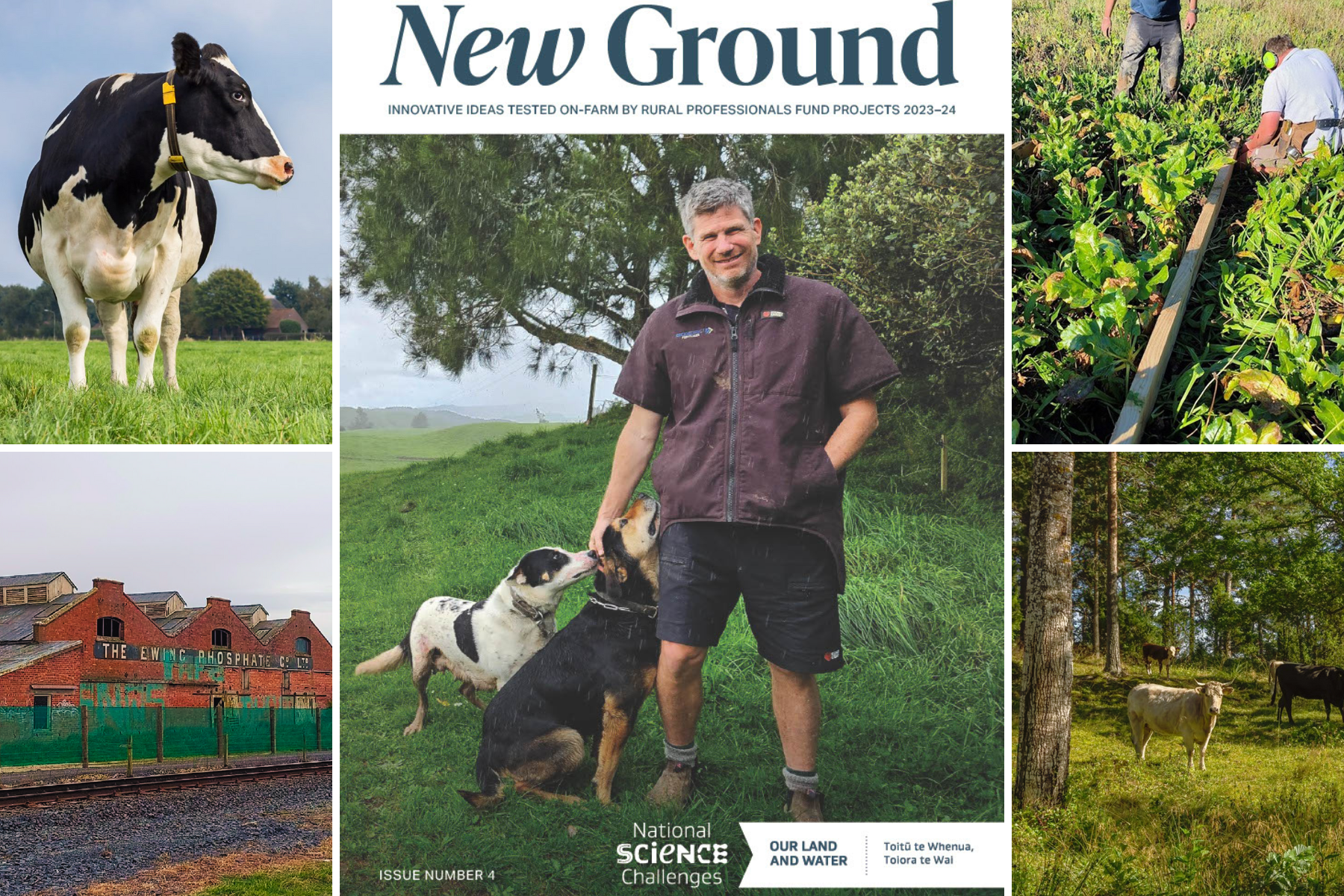Human Impacts Recorded in Chemical and Isotopic Fingerprints of Soils from Dunedin
July 2022
Publication: Science of the Total Environment
Author(s): R. Turnbull, K. Rogers, A. Martin, M. Rattenbuy, R. Morgan
We present results from the first urban chemical and isotopic soil baseline survey to be completed for a New Zealand city. The major, minor, trace and isotopic composition of soils from different depths across the city of Dunedin are shown to be spatially variable due to geogenic and anthropogenic influences.
Based on principal component analysis (PCA) for the shallow soil depth, at least 40% (PC1 and PC3) of the dataset variance is attributed to a geogenic source. Soils enriched in Al, Cr, Fe, Hf, Mo, Ni, Th, Ti, U, V and Zr (PC1) are spatially associated with mapped units of the basaltic Dunedin Volcanic Group, indicating a geogenic source. An anthropogenic influence is attributed to at least 23% (PC2 and PC5) of the dataset variance. The chemical elements As, B, Bi, Cd, Cu, P, Pb, Sb, Sn and Zn (PC2) are strongly spatially associated with soils sampled above high-density urban residential, commercial and industrial sites, and are interpreted to reflect heavy metal contamination from human activities.
In conjunction with historical vehicle emissions from leaded petrol, we suggest that legacy leaded paint from residential, commercial and industrial buildings flaking into Dunedin City soils is a significant contributor to Pb in the Dunedin urban environment. Median heavy metal contents for shallow soils (0–2‚ÄØcm) from a variety of land-uses throughout Dunedin City are shown to be almost an order of magnitude greater than median heavy metal concentrations in soils from regional baselines. Significantly, urban anthropogenic sources of heavy metals, and C, N and S isotopes are shown to exert a stronger influence on soil composition than rural anthropogenic sources. Results from this study provide an important case-study for urban soil contamination for a relatively young city from the Southern Hemisphere, for which there are currently few examples.
 View Our Strategy Document 2019 – 2024
View Our Strategy Document 2019 – 2024



